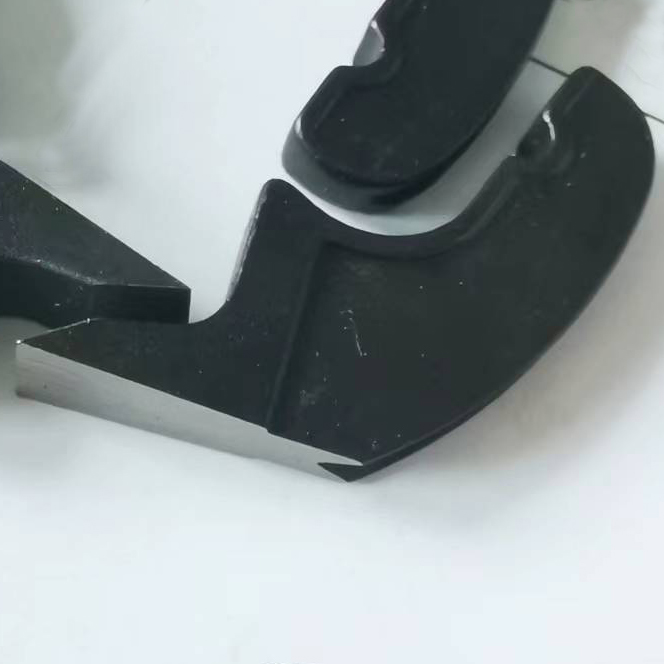Sawmill Blade Tooth
The sawmill blade tooth is a crucial component in the process of cutting timber. It plays a significant role in determining the efficiency and effectiveness of a sawmill operation. A sawmill blade typically consists of multiple teeth that are strategically positioned along its edge. Each tooth is designed to perform specific cutting tasks, ensuring that the timber is cut smoothly and accurately.
The design of a sawmill blade tooth is critical for optimal performance. Different types of teeth are used depending on the type and condition of the wood being cut. The most common types of sawmill blade teeth include rip teeth, crosscut teeth, and combination teeth.
Rip teeth are designed for cutting wood along the grain, known as ripping. These teeth have a flat shape with large gullets, enabling them to remove more material with each pass. Rip teeth are commonly used when cutting through large logs or boards, where speed and efficiency are essential.
Crosscut teeth, on the other hand, are used for cutting across the wood grain. They have a more beveled shape with smaller gullets, allowing for smoother and cleaner cuts. Crosscut teeth are commonly employed when precision and smooth finishes are required, such as in furniture manufacturing or cabinetry.
Combination teeth, as the name suggests, offer a combination of both rip and crosscut capabilities. These teeth have a slightly beveled shape with medium-sized gullets, making them versatile for various cutting tasks. Combination teeth are often used in general-purpose sawing applications, where both speed and quality are important.
To ensure the longevity and efficiency of the sawmill blade tooth, proper maintenance is crucial. Regular sharpening and replacing of worn-out teeth are necessary to maintain maximum cutting performance. Additionally, maintaining the correct tooth angle and maintaining proper tension in the blade are essential factors that contribute to the overall cutting quality.
Advancements in technology have also impacted the design and performance of sawmill blade teeth. With the introduction of carbide-tipped teeth, sawmill operators can experience enhanced cutting efficiency and increased lifespan of the blade tooth. Carbide tips are significantly harder and more durable compared to traditional steel teeth, allowing for extended use without sacrificing performance.
In conclusion, the sawmill blade tooth is a vital component in the sawing process. It determines the efficiency, accuracy, and quality of the cut timber. Different types of teeth are used depending on the specific cutting requirements, with rip, crosscut, and combination teeth being the most common. Proper maintenance and advancements in technology contribute to maximizing the performance and lifespan of the sawmill blade tooth.

